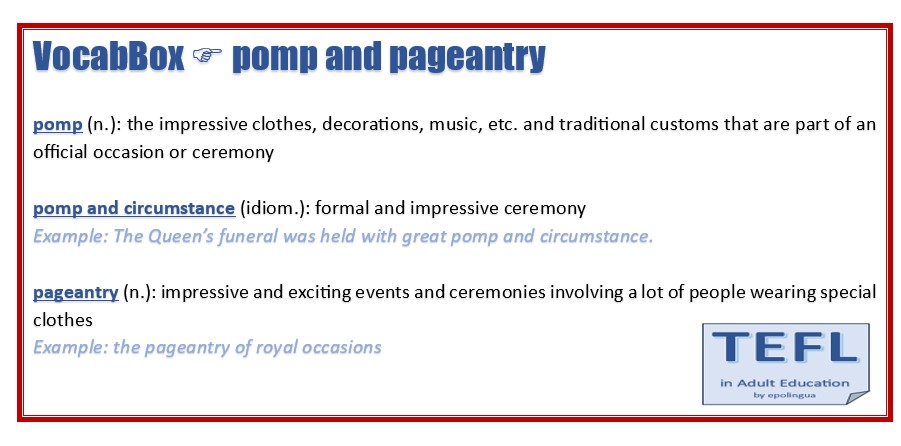British pomp and pageantry refer to the grand, ceremonial traditions that showcase the country's rich history and monarchy.
These events are often marked by elaborate displays, military processions, and regal symbolism. Some of the most famous examples include coronations, Trooping the Colour, and state funerals. These traditions serve to reinforce national identity, continuity, and the prestige of the monarchy. They are deeply rooted in history and continue to captivate audiences worldwide.
Coronations
The British coronation, for instance, is a centuries-old ritual that uniquely survives in Britain, unlike in other European monarchies. It involves the use of priceless regalia, religious ceremonies, and grand public spectacles. This grand and historic ceremony where the new king or queen is formally crowned takes place at Westminster Abbey and is conducted by the Archbishop of Canterbury. The event is deeply rooted in tradition, featuring religious rituals, the presentation of royal regalia, and a solemn oath taken by the monarch.
The most recent coronation was that of King Charles III and Queen Camilla on 6 May 2023.The ceremony included anointing with holy oil, the crowning, and a procession through London. It was designed to reflect modern Britain while maintaining centuries-old traditions.
Trooping the Colour
Every year in June, the official birthday of the British sovereign is marked by Trooping the Colour, which takes place in the heart of the British capital London.
From royal.uk:
Over 1400 parading soldiers, 200 horses and 400 musicians come together each June in a great display of military precision, horsemanship and fanfare to mark the Sovereign's official birthday. The streets are lined with crowds waving flags as the parade moves from Buckingham Palace and down The Mall to Horse Guard's Parade, alongside Members of the Royal Family on horseback and in carriages. The display closes with an RAF fly-past, watched by Members of the Royal Family from Buckingham Palace balcony.
Once the Sovereign has arrived at Horse Guard's Parade in Whitehall, they are greeted by a Royal salute and carry out an inspection of the troops, who are fully trained and operational soldiers wearing the ceremonial uniform of red tunics and bearskin hats.
After the military bands have performed, the escorted Regimental Colour, or flag, is processed down the ranks of soldiers. Over one hundred words of command are used by the Officer in Command of the Parade to direct the several hundred soldiers.
Once the Foot Guards have marched past the Sovereign, they ride back to Buckingham Palace at the head of the soldiers, before taking the salute again at the Palace from a dais.
The Sovereign is then joined by other Members of the Royal Family on the balcony at Buckingham Palace to watch a fly-past by the Royal Air Force. A 41-gun salute is also fired in Green Park to mark the occasion.
https://www.royal.uk/what-is-trooping-the-colour
Remembrance Day
Each year in November, a more solemn occasion is celebrated across the UK. Remembrance Day serves to commemorate the members of the Armed Forces who lost their lives serving their country. The centrepiece of the commemorations takes place at the Cenotaph in London's Whitehall, where members of the Royal Family and other dignitaries lay wreaths at the foot of the monument.
 |
| https://www.britannica.com/technology/cenotaph |
Victory in Europe (VE) Day
8 May 1945, the day when fighting against Nazi Germany came to an end, is still celebrated across Europe and the world. The United Kingdom as part of the Allied Forces had contributed to finally bringing World War II to an end. Therefore, the country marks VE Day with different events and festivities such as church services, parades, a poppy display, and street parties. WWII veterans are particularly honoured on VE Day, invited to events such as a tea party in Buckingham Palace where they are welcome by members of the Royal Family.
VE Day: What is it, when is it and why do we remember?





No comments:
Post a Comment